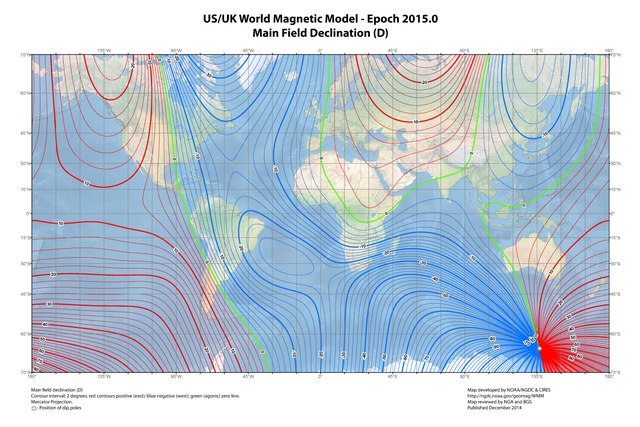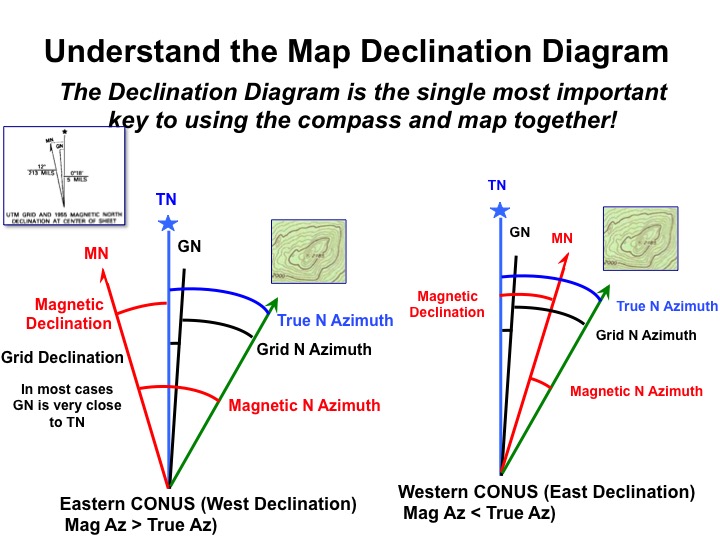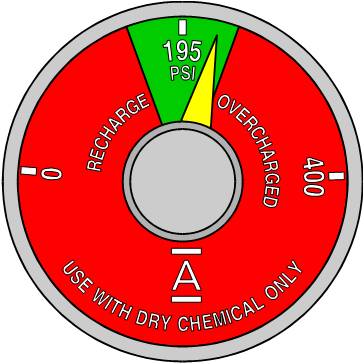hikerbrian
Active member
Hi folks,
For years I've been touting the importance of map and compass skills as a critical life-preserving tool for navigating in the back country. Yet I recognize that many (most) folks don't possess even a basic understanding of how to use these two items together. To overcome the lack of knowledge, a friend and I started working on a short video over the summer that provides a tutorial on how to use these two items effectively. We're now looking for feedback. We're trying to keep the video short (less than 5 minutes) and sweet. The videos available on Youtube are generally long and wandering, but we want to work within most peoples' attention spans. The audio is really inconsistent (we've added content multiple times), and the ah, talent - if you can call it that - is severely lacking, but we'll fix all that once we're happy with content. Comments from seasoned M&C experts as well as those learning for the first time are enthusiastically welcomed. Remember, we want to keep it short, with critical points only. Video is here. THANKS!
For years I've been touting the importance of map and compass skills as a critical life-preserving tool for navigating in the back country. Yet I recognize that many (most) folks don't possess even a basic understanding of how to use these two items together. To overcome the lack of knowledge, a friend and I started working on a short video over the summer that provides a tutorial on how to use these two items effectively. We're now looking for feedback. We're trying to keep the video short (less than 5 minutes) and sweet. The videos available on Youtube are generally long and wandering, but we want to work within most peoples' attention spans. The audio is really inconsistent (we've added content multiple times), and the ah, talent - if you can call it that - is severely lacking, but we'll fix all that once we're happy with content. Comments from seasoned M&C experts as well as those learning for the first time are enthusiastically welcomed. Remember, we want to keep it short, with critical points only. Video is here. THANKS!







![Grand Teton Day Hikes and National Park Map [Map Pack Bundle] (National Geographic Trails Illustrated Map)](https://m.media-amazon.com/images/I/41DB0jvRnbL._SL500_.jpg)
![Grand Canyon, North and South Rims [Grand Canyon National Park] (National Geographic Trails Illustrated Map)](https://m.media-amazon.com/images/I/419Y-ycyVUL._SL500_.jpg)






![Yellowstone National Park [Map Pack Bundle] (National Geographic Trails Illustrated Map)](https://m.media-amazon.com/images/I/51kGuJ72qjL._SL500_.jpg)















































